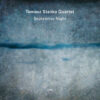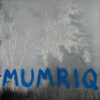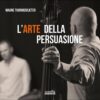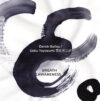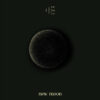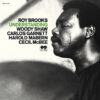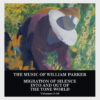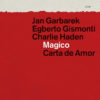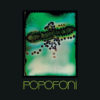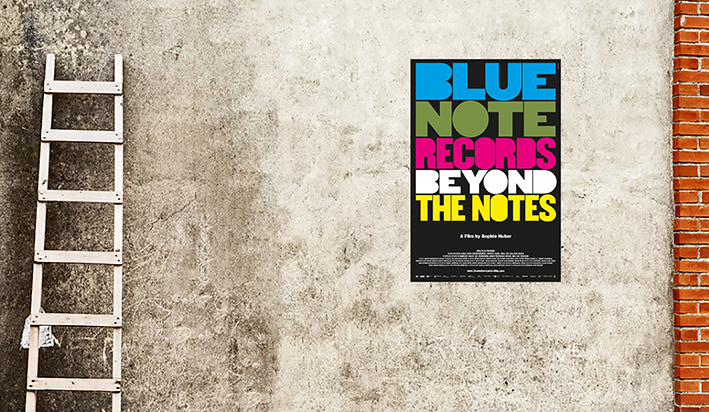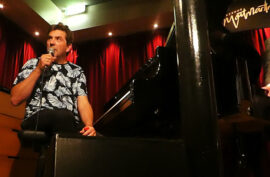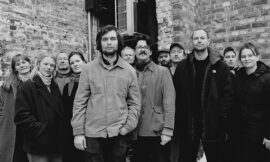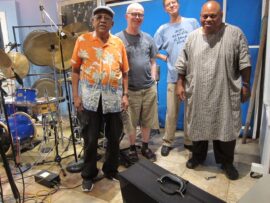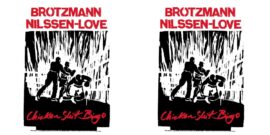CPH:DOX is an annual documentary film festival taking place in the heart of Copenhagen city centre. It was founded in 2003 and since then it became the world’s third-largest documentary film festival, increasing in a constant development and expansion from a starting 14,000 admissions in the beginning to a total of 110,500 admissions in 2018.
The 2019 programme offers a series of sub-themes that the documentaries selected are spread over. Among those themes, one is called «Sound & Vision», a theme which also covers documentaries about music. I watched six of the presented documentaries as part of the «Sound & Vision»-programme. Each of these six was related to a genre of music I’ve enjoyed all my life. And let me say it outright, all of these six documentaries were definitely good — and recommendable.
The first documentary I saw was «Blue Note Records: Beyond the Notes», written and directed by the Swiss film director Sophie Huber.
In the film Huber explored the history, internal culture, and impact of the beloved label — a label that boasted a formidable roster of recording artists, including Miles Davis, John Coltrane, Thelonious Monk, Bud Powell, Art Blakey, Horace Silver, Lee Morgan, and many more. Now these artists are all larger-than-life figures in the history of jazz.
Well-structureded and concise interviews with jazz luminaries such as Wayne Shorter and Herbie Hancock, and with new school legends like Robert Glasper, Kendrick Scott and hip-hop producer Terrance Martin, the film fulfilled all expectations.
The director’s presentation of Frank Wolff and his fellow co-founder Alfred Lion as hands-off music producers, who lived for the music and not for the profits, lays the foundations of her story. The two founders of Blue Note Records were infatuated music lovers who insisted that the artists play what was inside them. They were not trying to make «hits», although quite a few hits did come out of their efforts.
Lion and Wolff, Jewish refugees from Nazi Germany, came to America in the 1930s and discovered jazz. They were so taken in with the music that they began to record it, just for themselves, before creating the label in 1939.
Doubtless, they championed — eventually to become giant — musicians, musicians playing better and more inventively than anyone on the planet ever had. It’s the two founding fathers’ love of the music that powers Sophie Huber’s film.
This eventful musical celebration of Blue Note’s history includes also interviews with Michael Cuscuna, long-standing music producer, and owner of Francis Wolff photo collection, jazz artist Norah Jones, current Blue Note president Don Was, and others. The narration is linked up with the performance of an extended recording session. The recording session is done by a contemporary all star group of musicians, with Robert Glasper, Ambrose Akinmusire, Derrick Hodge, Lionel Loueke, Kendrick Scott and Marcus Strickland. These «Blue Note All-Stars» are joined by Wayne Shorter and Herbie Hancock for a delicious take of «Masqualero».
All these stars shine during the 90 minutes footage, giving their own expression of their inalterable love for this label. Let me say that my personal hero, Herbie Hancock, comes up and out as a true philosopher by throwing statements of his very personal meaning of playing music, being spiritual, and art as a fulfilment … he said things I’ll never forget, mainly for the self-awareness with which were told.
But perhaps the real joy among the interviews or voiceovers from the archive, is an interview with the great Lou Donaldson. With his voice now a quirky alto of its own, he provides insights, quips and gossip that are worth a ton.
Also given just and proper consideration is the «chapter» about the stunning LPs cover art, that usually featured passionate photographs of the main musicians shot in black and white by Frank Wolff himself. During Blue Note’s peak period, from 1955 to 1967, those covers were created by one of the great modernist designers, Reid Miles: the look, so cool, so innovative in its typography and so stylish in its approach, made simply buying the records an investment in the art of jazz.
Then, the attention moves towards the sound of Blue Note recordings. They were beautifully clean and clear, thanks to the label’s use of the services of recording engineer Rudy van Gelder, who got an architectural student of Frank Lloyd Wright to create an airy wooden sonic space, which he built as a huge extension to his suburban home. As the company’s intermittent path is told, we arrive at the 21st century and the rise of hip-hop and latterly, the generation of Kendrick Lamar, Madlib and Thundercat.
The revolutionary sub-culture aim is shared among people through ages, and the jazz legacy was surely continued within the urban concrete of new generations.
It’s not possible to separate music and society, art and context, soul and struggle and the dots are joining constantly when a story must be told, it’s called progress. This is a story of how sincere devotion to the music resulted in a legacy of African American art that is still an influence on young musicians.
A complete delight from beginning to end, and please keep on telling stories like this one … keep on telling stories about music labels and people involved, keep on projecting them on big screens in front of which people can gather and enjoy amazing tales of quality and commitment. The same applies to some of the other documentaries I had the chance to watch during the 2019 edition of CPH:DOX.
Text: Nicola Semprini



